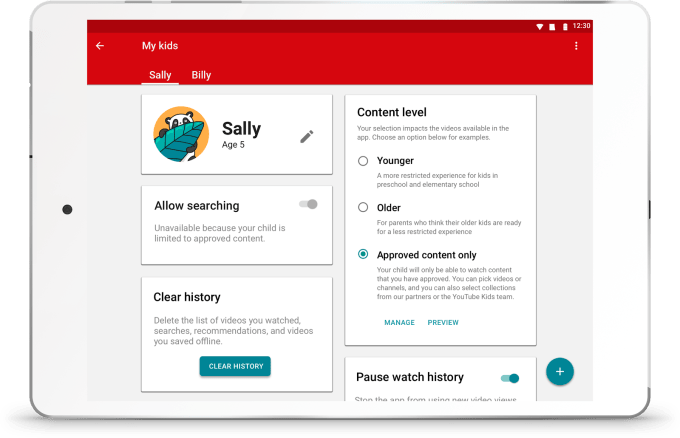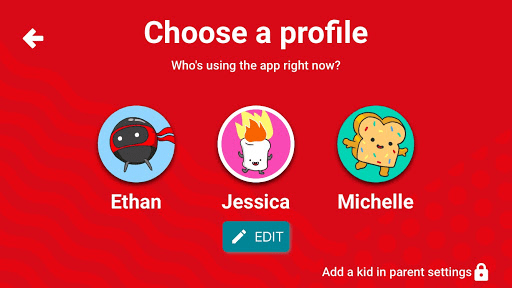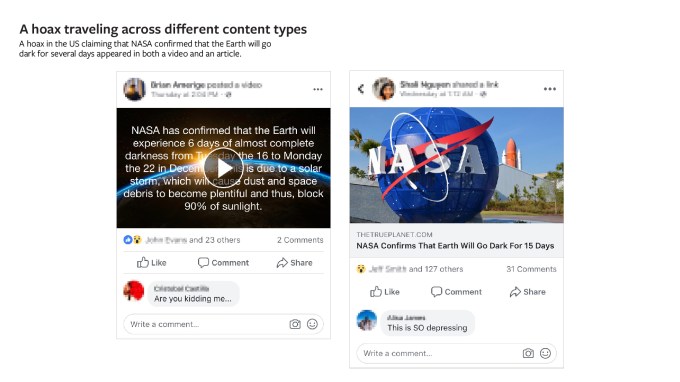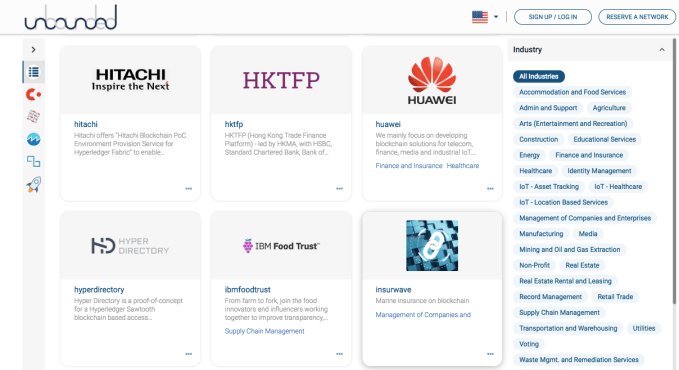Twitter will now put live streams and broadcasts started by accounts you follow at the top of your timeline, making it easier to see what they’re doing in realtime.
In a tweet, Twitter said that that the new feature will include breaking news, personalities and sports.
The social networking giant included the new feature in its iOS and Android apps, updated this week. Among the updates, Twitter said it’s now also supporting audio-only live broadcasts, as well as through its sister broadcast service Periscope.
Last month, Twitter discontinued its app for iOS 9 and lower versions, which according to Apple’s own data still harbors some 5 percent of all iPhone and iPad users.
from Social – TechCrunch https://ift.tt/eA8V8J Twitter now puts live broadcasts at the top of your timeline Zack Whittaker https://ift.tt/2CY6GeY
via IFTTT





 In the place of those soft curves were hard lines and uncompromising geometry: a belt of metal running around the edge, set off from the glass sides by the slightest of steps. It highlighted and set off the black glass of the screen and bezel, producing a of specular outline from any angle.
In the place of those soft curves were hard lines and uncompromising geometry: a belt of metal running around the edge, set off from the glass sides by the slightest of steps. It highlighted and set off the black glass of the screen and bezel, producing a of specular outline from any angle. The two-tone grey iPhone 5S, however, essentially left no room for improvement. And after 4 years, it was admittedly perhaps time to freshen things up a bit. Unfortunately, what Apple ended up doing was subtracting all personality from the device while adding nothing but screen space.
The two-tone grey iPhone 5S, however, essentially left no room for improvement. And after 4 years, it was admittedly perhaps time to freshen things up a bit. Unfortunately, what Apple ended up doing was subtracting all personality from the device while adding nothing but screen space. But to return to the topic at hand, it was after the 6S that Apple had introduced the SE. Although it nominally stood for “Special Edition,” the name was also a nod to the Macintosh SE. Ironically given the original meaning of “System Expansion,” the new SE was the opposite: essentially an iPhone 6S in the body of a 5S, complete with improved camera, Touch ID sensor, and processor. The move was likely intended as a sort of lifeboat for users who still couldn’t bring themselves to switch to the drastically redesigned, and considerably larger, new model.
But to return to the topic at hand, it was after the 6S that Apple had introduced the SE. Although it nominally stood for “Special Edition,” the name was also a nod to the Macintosh SE. Ironically given the original meaning of “System Expansion,” the new SE was the opposite: essentially an iPhone 6S in the body of a 5S, complete with improved camera, Touch ID sensor, and processor. The move was likely intended as a sort of lifeboat for users who still couldn’t bring themselves to switch to the drastically redesigned, and considerably larger, new model. Flush camera so it doesn’t get scratched up? Check. Normal, pressable home button? Check. Flat, symmetrical design? Check. Actual edges to hold onto? Check. Thousands of cases already available? Check — although I didn’t use one for a long time. The SE is best without one.
Flush camera so it doesn’t get scratched up? Check. Normal, pressable home button? Check. Flat, symmetrical design? Check. Actual edges to hold onto? Check. Thousands of cases already available? Check — although I didn’t use one for a long time. The SE is best without one. And the best phone it’s made since then, too, if you ask me. Ever since the 6, it seems to me that Apple has only drifted, casting about for something to captivate its users the way the iPhone 4’s design and new graphical capabilities did, all the way back in 2010. It honed that design to a cutting edge and then, when everyone expected the company to leap forward, it tiptoed instead, perhaps afraid to spook the golden goose.
And the best phone it’s made since then, too, if you ask me. Ever since the 6, it seems to me that Apple has only drifted, casting about for something to captivate its users the way the iPhone 4’s design and new graphical capabilities did, all the way back in 2010. It honed that design to a cutting edge and then, when everyone expected the company to leap forward, it tiptoed instead, perhaps afraid to spook the golden goose.



























